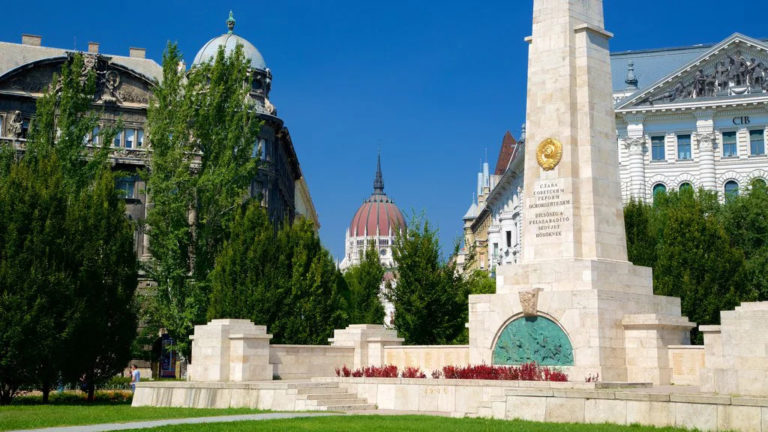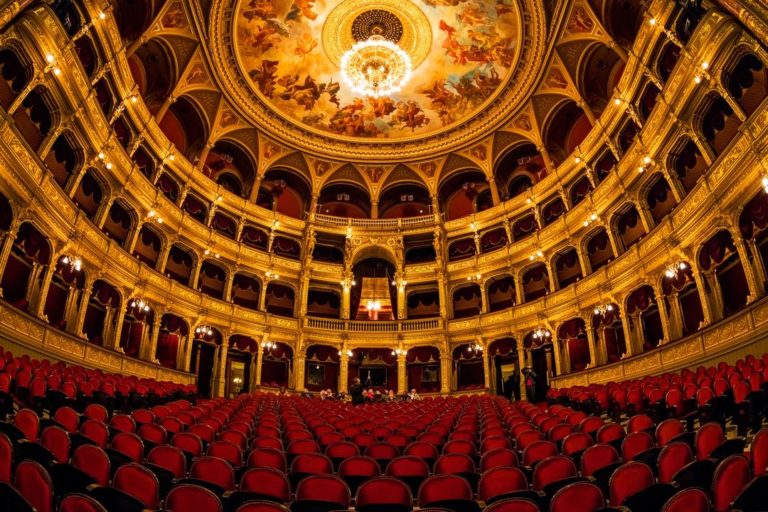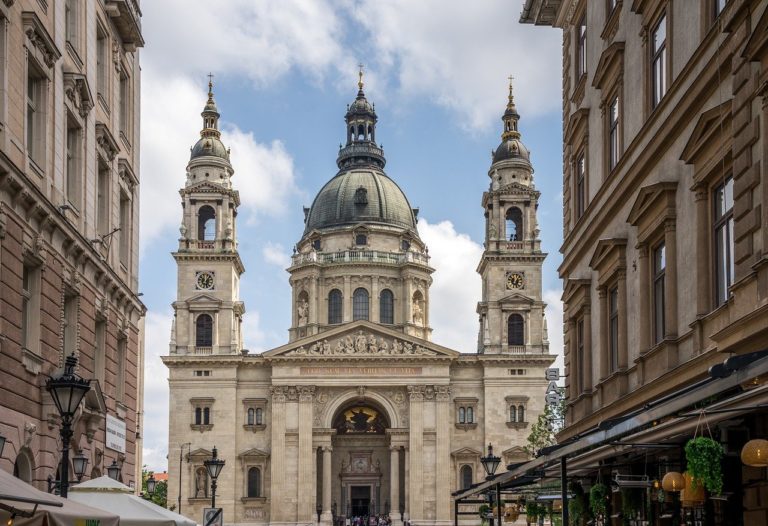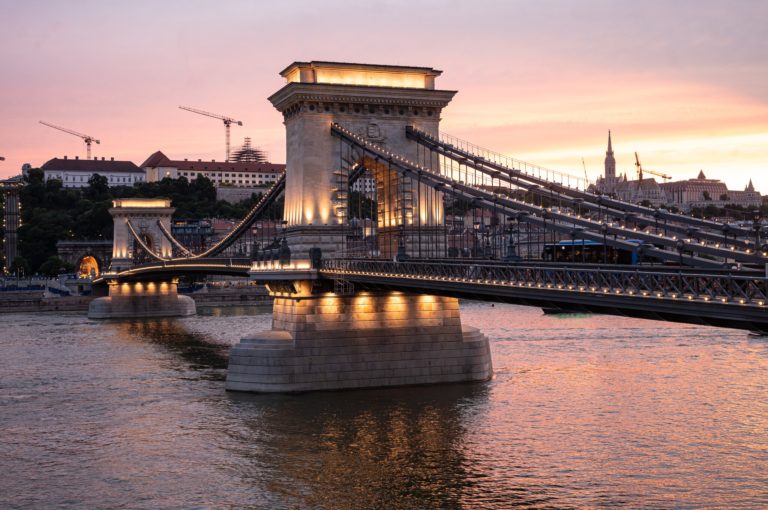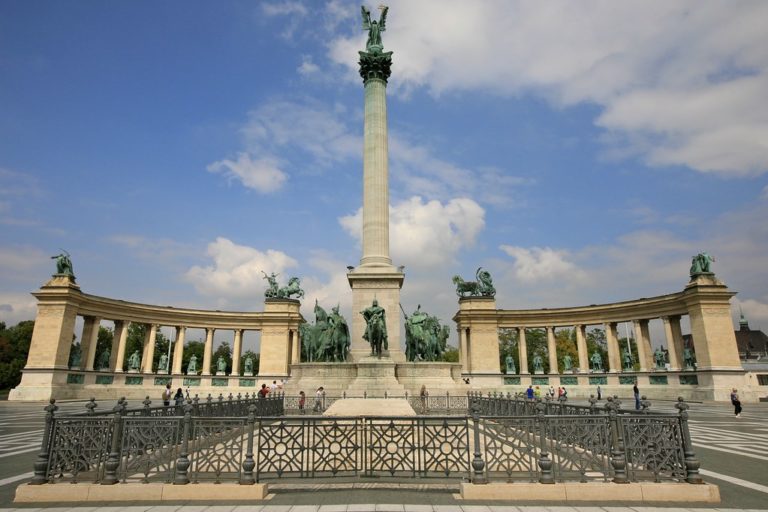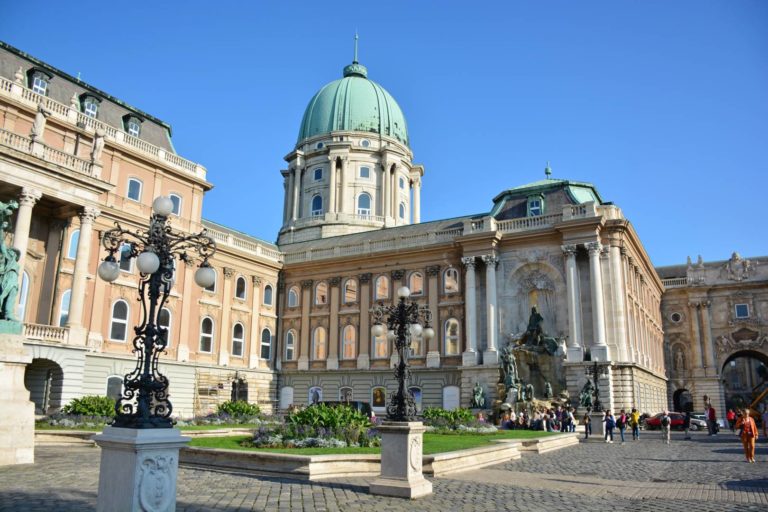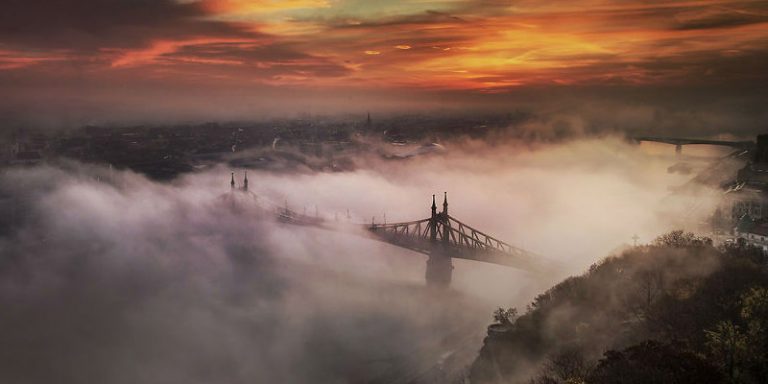Located in central Budapest, Liberty Square is far more than a public plaza, it is a layered landscape of monuments and historic buildings that reflect Hungary’s turbulent past and evolving identity. From politically charged memorials to striking architectural landmarks, the square offers a compelling narrative in stone and bronze. This article explores the statues and structures that define Liberty Square, revealing the stories they tell about war, power, memory, and national transformation. Ronald Reagan Statue Honoring a Cold War Architect In June 2011, a seven-foot bronze statue of Ronald Reagan was unveiled in Budapest’s Liberty Square, commemorating the 100th anniversary of his birth. Though Reagan never visited Hungary, his leadership during the Cold War is credited with aiding the country’s liberation from Soviet influence. Hungarian Prime Minister Viktor Orbán emphasized Reagan’s role in “creating a new world for Central Europe” by supporting the dismantling of communist regimes. Symbolic Placement and…
The Hungarian State Opera House, a Neo-Renaissance gem designed by Miklós Ybl, stands as a testament to Budapest’s rich cultural heritage and architectural grandeur. Opened in 1884, this iconic building has been a cornerstone of Hungary’s artistic landscape for over a century. Its opulent design, exceptional acoustics, and historical significance make it one of Europe’s premier opera venues. Beyond its role as a performance space, the opera house symbolizes Hungary’s dedication to the arts and its cultural identity. Whether attending a world-class performance or exploring its ornate interiors, a visit to the Hungarian State Opera House offers a glimpse into the artistic soul of Budapest. Architectural Beauty The Hungarian State Opera House is a masterpiece of Neo-Renaissance architecture, designed by the esteemed Hungarian architect Miklós Ybl. Completed in 1884, it stands as a testament to the grandeur and cultural aspirations of 19th-century Hungary. The building’s façade is adorned with intricate…
Nestled in the heart of Budapest, where grand boulevards meet the shimmering Danube, stands St. Stephen’s Basilica, a monumental testament to Hungary’s spiritual heritage and architectural splendour. As the largest church in the capital, this neoclassical masterpiece not only dominates the city’s skyline with its soaring 96-metre dome but also holds profound cultural and religious significance. Named in honour of Stephen, Hungary’s first king and patron saint, the basilica serves as a sacred space for worship, a repository of national treasures, and a beacon of artistic achievement. In the following sections, we will explore the basilica’s rich history, architectural marvels, and enduring role in Hungary’s national identity. Historical Background The origins of St. Stephen’s Basilica trace back to the early 19th century, when the rapidly expanding district of Lipótváros in Pest necessitated a prominent place of worship. Following the devastating flood of 1838, which saw many residents seek refuge on…
The Chain Bridge (Széchenyi Lánchíd) is one of the most iconic landmarks of Budapest, spanning the Danube River and connecting the Buda and Pest sides of the city. It stands as a symbol of unity and architectural heritage for the Hungarian capital. Opened on November 20, 1849, the bridge was the first permanent stone bridge to cross the Danube in Hungary, marking a key milestone in the country’s modernization and economic revival. Its construction was a significant feat, not only engineering-wise but also symbolically, as it united two distinct parts of the city. Today, the Chain Bridge remains a cultural and historical emblem, illuminated at night to highlight its majestic design. It continues to serve as an essential pedestrian and vehicular link over the river, attracting both locals and tourists who marvel at its beauty and historical significance. History of the Chain Bridge The Need to Unite Buda and Pest…
Standing at the end of Budapest’s grand Andrássy Avenue, Heroes’ Square (Hősök tere) immediately captures the imagination with its commanding statues, towering columns, and sweeping open space. As one of the most visited and photographed landmarks in the Hungarian capital, the square is more than just an architectural marvel, it is a powerful symbol of national pride and collective memory. Constructed at the turn of the 20th century, Heroes’ Square commemorates the thousand-year history of the Hungarian people, honoring both mythic founders and influential leaders who shaped the nation’s identity. With its rich historical context and cultural significance, the square remains a focal point for both reflection and celebration in modern Hungary. Historical Background Heroes’ Square (Hősök tere) was conceived as a monumental tribute to Hungary’s millennial anniversary, commemorating 1,000 years since the Magyars settled in the Carpathian Basin in 896 AD. Initiated in 1896, the project was part of…
Perched majestically atop Castle Hill, overlooking the sparkling waters of the Danube River, Buda Castle stands as one of Budapest’s most iconic landmarks. With its grand domes, ornate façades, and sweeping panoramic views, the castle is not just a feast for the eyes, it’s a living testament to Hungary’s turbulent yet rich history. Once the royal residence of Hungarian kings, today Buda Castle invites visitors from around the world to step into a world where centuries-old architecture meets vibrant cultural life. Recognized as a UNESCO World Heritage Site, this architectural masterpiece has evolved over the ages, witnessing invasions, wars, and rebirths, each leaving its mark on the stone walls and cobblestone streets. Whether you’re drawn by its historical depth, artistic treasures, or simply the stunning views, Buda Castle is a must-see destination that captures the soul of Budapest. A Glimpse into History The story of Buda Castle begins in the…
The Danube River, often celebrated as the “Queen of European Rivers,” is one of the continent’s most iconic waterways. Spanning approximately 2,850 kilometers, it is Europe’s second-longest river after the Volga. From its source in Germany’s Black Forest to its delta in the Black Sea, the Danube meanders through ten countries, binding them through a shared geography, history, and culture. A River Woven into European History Few rivers have witnessed as much history as the Danube. It served as a critical frontier for the Roman Empire, where outposts and forts lined its banks. In medieval times, it became a trade route linking the Holy Roman Empire to the Byzantine world. During the Ottoman expansion and the Austro-Hungarian reign, the Danube remained a central artery of power, movement, and influence. The river has also been a backdrop for revolutions, battles, and diplomatic exchanges. Empires rose and fell along its banks, and…
Budapest offers a vibrant mix of cultural experiences, thrilling activities, and exciting nightlife. From world-class theaters like the Erkel and Budapest Operetta Theatre to immersive museums and exhibitions, the city has something for everyone. Visitors can enjoy shopping at iconic malls like WestEnd and Arena Plaza, explore unique attractions such as the Tropicarium‑Oceanarium, or challenge themselves at escape rooms. When the sun sets, Budapest’s famous ruin bars, like Szimpla Kert and Instant‑Fogas Ház, come to life, offering an unforgettable nightlife experience. Theatrical Venues Erkel Theatre The Erkel Theatre, located at 30 II. János Pál pápa tér in Budapest, is the largest theatre in Hungary and a significant cultural landmark. Opened in 1911 as the People’s Opera, its design aimed to make opera accessible to the working class. The theatre features a spacious auditorium with excellent acoustics, accommodating up to 2,400 spectators. Over the years, it has hosted a variety of…
Budapest has become a top choice for filmmakers due to its affordability, architectural versatility, and strong production infrastructure. Lower production costs and attractive tax incentives make it a financially smart option, helping position Hungary as a major European film hub. The city’s diverse architecture allows it to stand in for various European capitals and historical settings with minimal modifications. Combined with highly skilled local crews, state-of-the-art studios, and a central European location that simplifies logistics, Budapest offers everything needed for efficient and high-quality film production. Evita (1996): Budapest as a Stand-In for Buenos Aires The 1996 musical drama Evita, based on the life of Argentine political icon Eva Perón, stands as a landmark example of a major Hollywood production choosing Budapest as its filming location. Starring Madonna as Eva and Antonio Banderas as Che, the film chronicles Eva’s rise from humble beginnings to becoming Argentina’s First Lady. Budapest was selected…
Budapest, the Pearl of the Danube, is a city that pulses with rich history and vibrant culture, where the majestic river winds its way between grand monuments and picturesque streets. Beyond its architectural splendor and historical legacy, Budapest is also steeped in a fascinating tapestry of legends and folklore passed down through generations. These stories, often blending historical events with elements of popular imagination, not only serve as entertainment but also offer deep insights into the values, beliefs, and fears of Hungarian society over time. The Tongueless Lions of the Chain Bridge Among the many architectural marvels of Budapest, the Széchenyi Chain Bridge stands as one of the city’s most iconic landmarks. Opened in 1849, it was the first permanent bridge to connect Buda and Pest across the Danube River. While its historic and symbolic significance is well known, the bridge is also wrapped in a peculiar urban legend involving…

